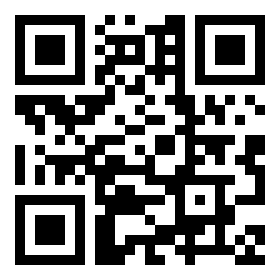Silly Bounce, with directions & comments
Additional Information
Related links, images and relevant information involving this howtube video.
Just to remind folks --- I like showing people how to do animation. I've taught almost 2,000 people how to draw animation, and how to use 2D and 3D animation Software. My brother and I started drawing when we were in diapers. Eventually that got us to where we could make some $$$ at it. I'm not saying it's easy. But it's a way to make a living, if you hustle. •••••••••••••
Hey, I never taught at Cal Arts, or Sheridan, or USC... but I have taught basic animation (plus 2D & 3D CGI and a bunch of advanced courses) part time and full time at six different colleges and universities. That includes University of Cincinnati's "DAAP" School of Design 1989 – '91, until I was hired by Animator/Director John McClenahan for his Chicago Startoons studio. He hired me to train & supervise the new hired assistant animators, and animate sequences for episodes of Tiny Toons, Animaniacs and Taz-mania. All those were in addition to organizing workshops and seminars for my workmates and trainees and subcontractors at different studios that hired me. I first taught a class five years after I got my degree... Selfishly, because like a dummy I'd started producing broadcast animation in a region where NO ONE had previously produced animation, and where there were NO schools offering animation degree programs.
When I operated my own teeny tiny studio for most of a decade, I got a metric ton of student reels from kids who were recent graduates of those programs. Several of those schools frequently assigned to beginning students a "Classic" assignment of animating a stuffed Pillow Case... But what I mostly saw Before 3D applications and IBM clones capable of running'em for general college curricula and computer labs, was that most graduating seniors had a reel that featured a sound-synchronized 3-minute "story fragment" developed to a reasonably clear Pencil Test. You can pack a lot of stretch and squash, timing, physics, and lip-synchronized speech into 3 minutes.
• A Pencil test for many decades was literally the figure animation Pencil drawings on sheets of paper photographed w Black & White film using an animation camera stand. Simplified backgrounds are kept on a separate layer that might pan right – left, and the mouth, or face or head might be treated on its own layer. Similarly, arms, torso, cup of coffee, or piece of toast with successive bites missing can all be placed on their own layers when they're sitting between actual action. This means you might have a stack of six or eight layers of paper –– maybe thin tracing paper –– photographed with a bottom light transmitted THROUGH all those layers. It's still a valid method, despite all the wonderful 2D animation programs. We used the same methods at Startoons as late as 1992, except we recorded the tests with a Video recorder so we could view them as soon as we'd finished shooting.
• I often call my rough animation tests that I show to clients to let'em see the developing projects "Pencil Tests." I show'em other pencil tests along with the final. This helps them see how the tests – accompanied by detailed color models of the characters and background render treatments – show that the production is progressing correctly along the agreed design specifications.
In some classes a few years back, I found we could use adhesive tape to attach a smart phone to a chair back, and photograph pencil drawings sitting on the darned SEAT!!! And that was at a school that had an Oxberry Camera stand built in the 60s. Sold new for $40,000.00 in 1968, IIRC.
Fun Stuff.
Comments
Comment on this video



